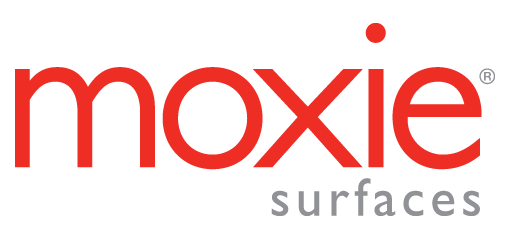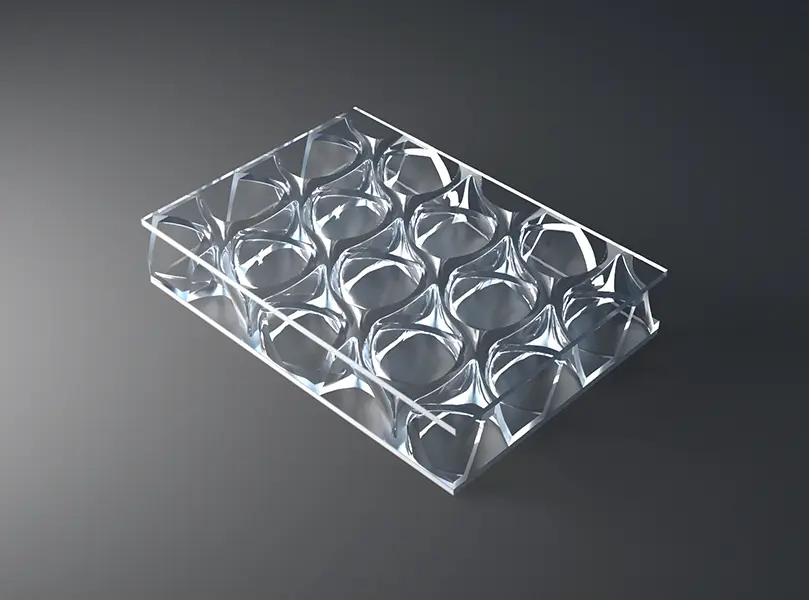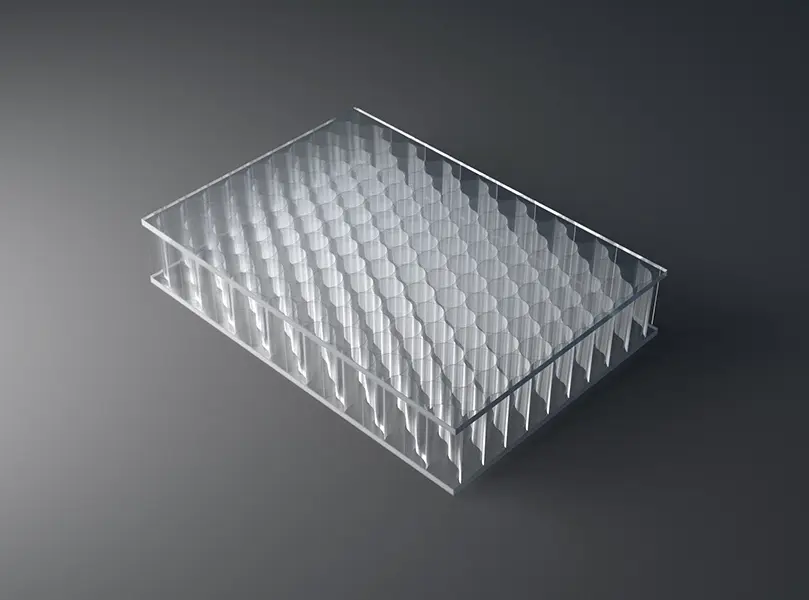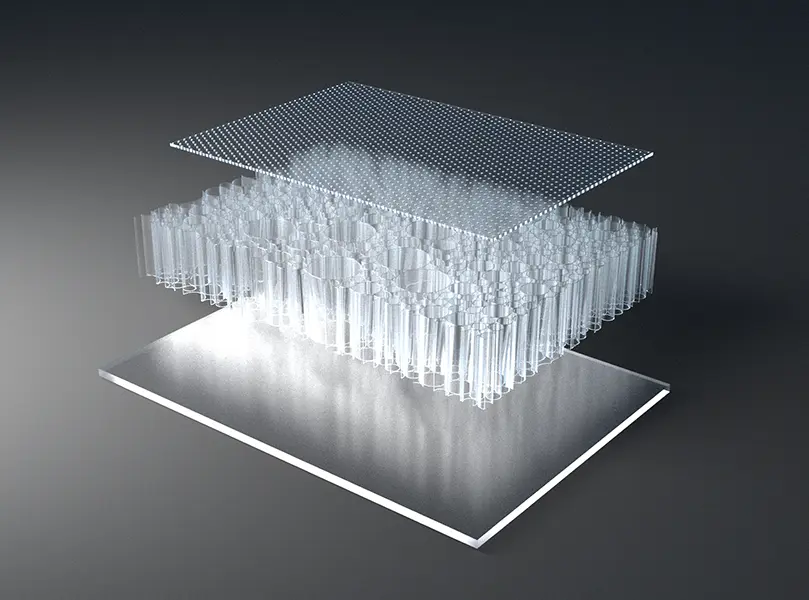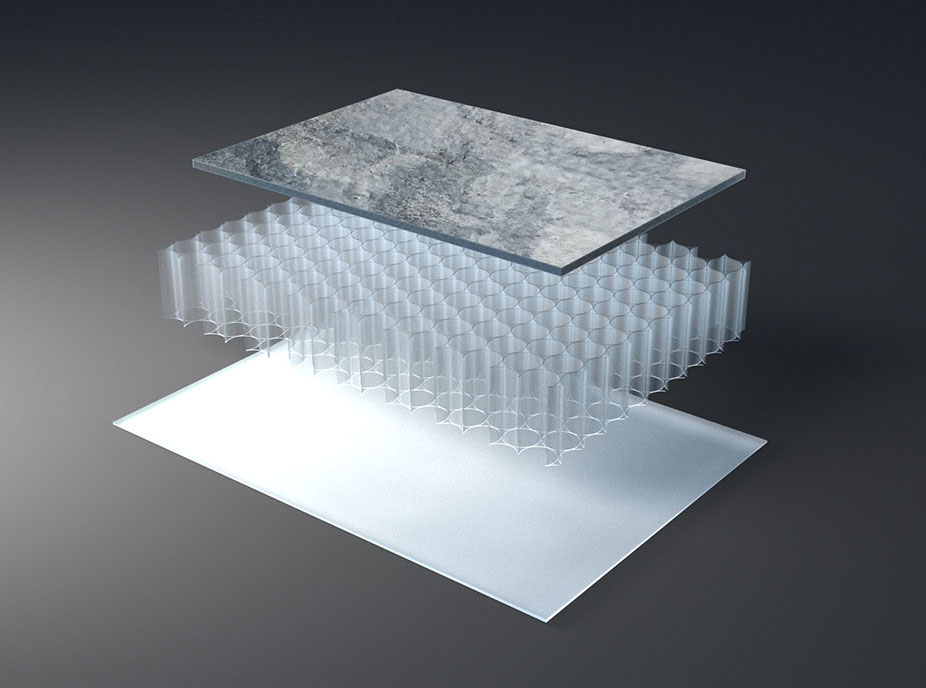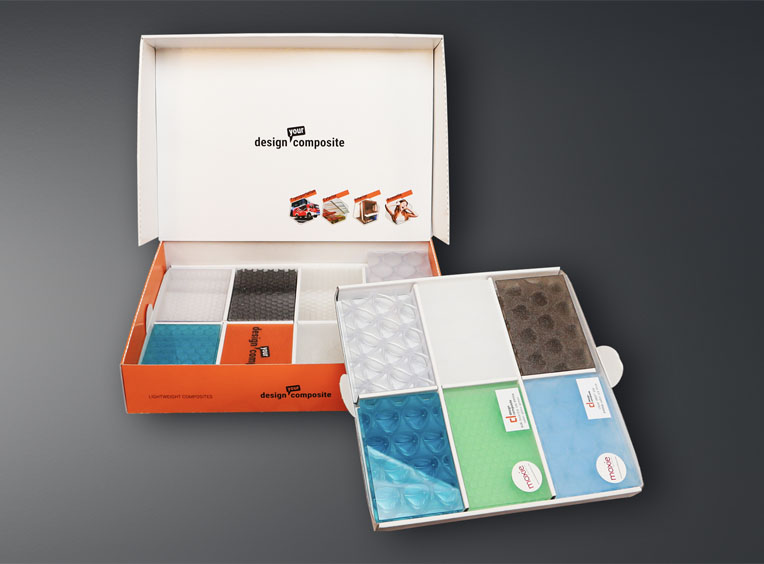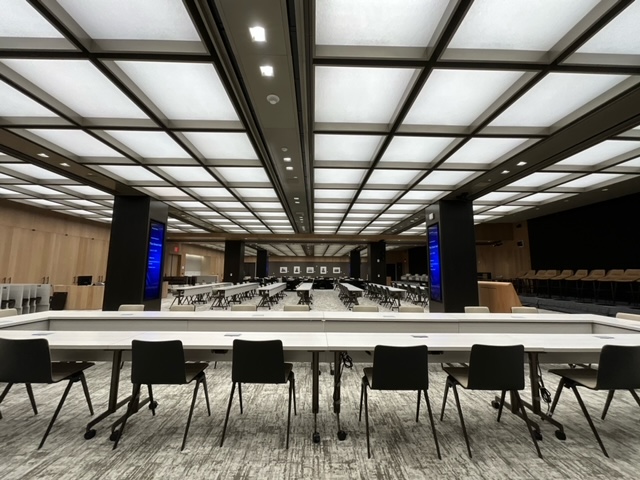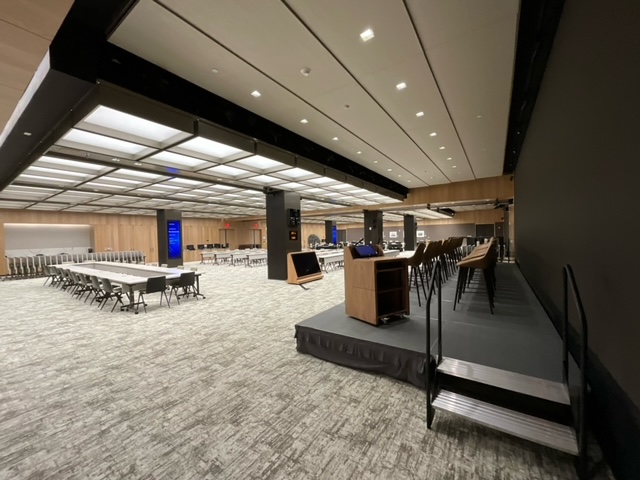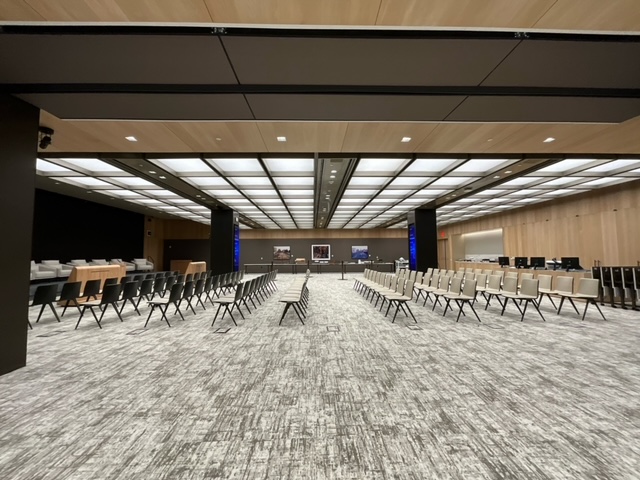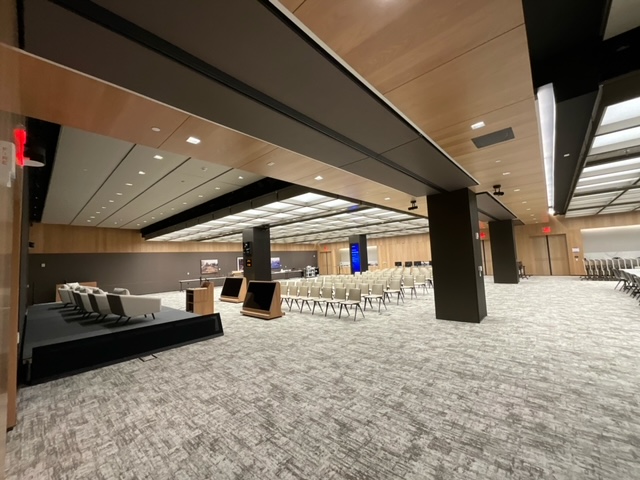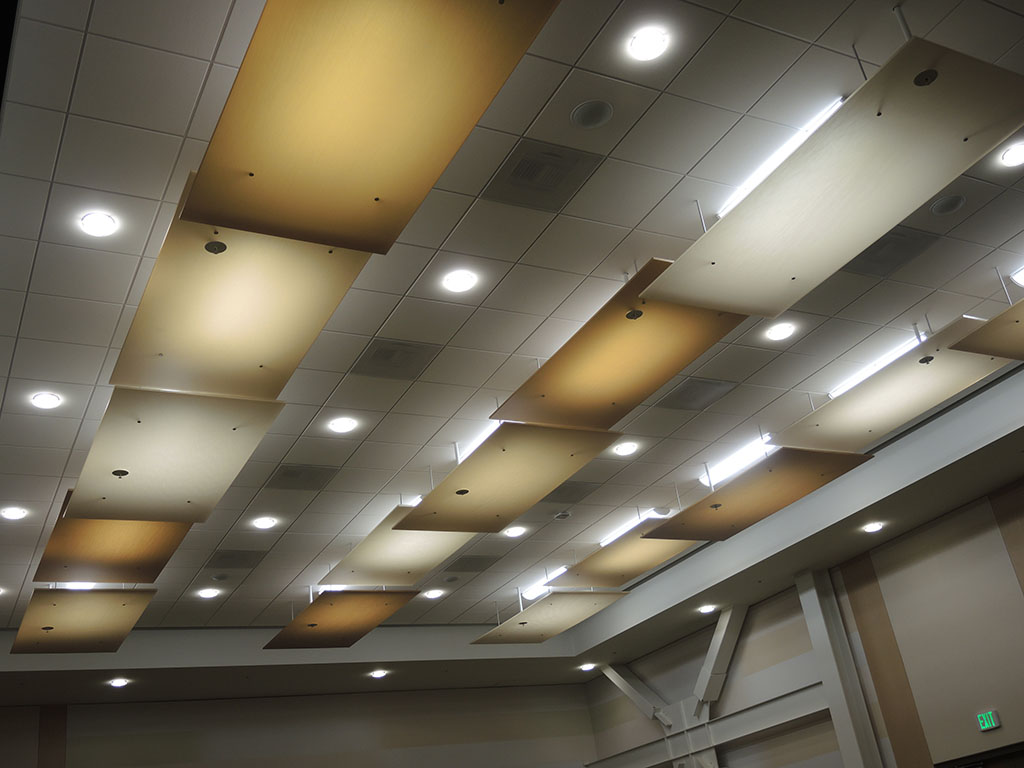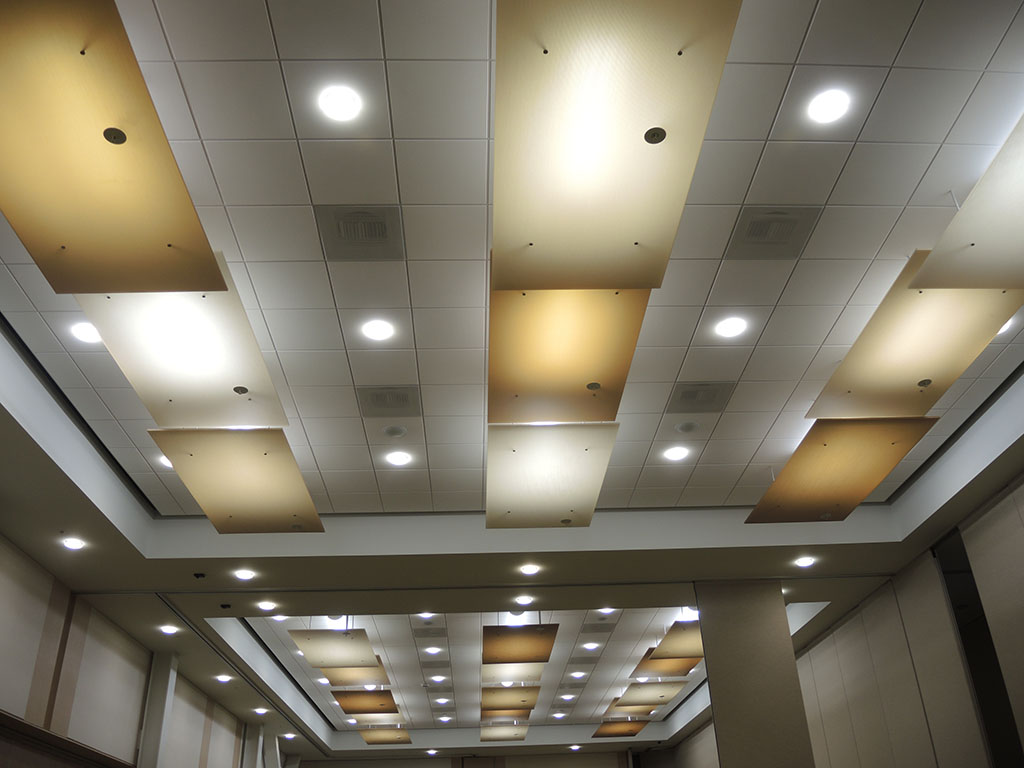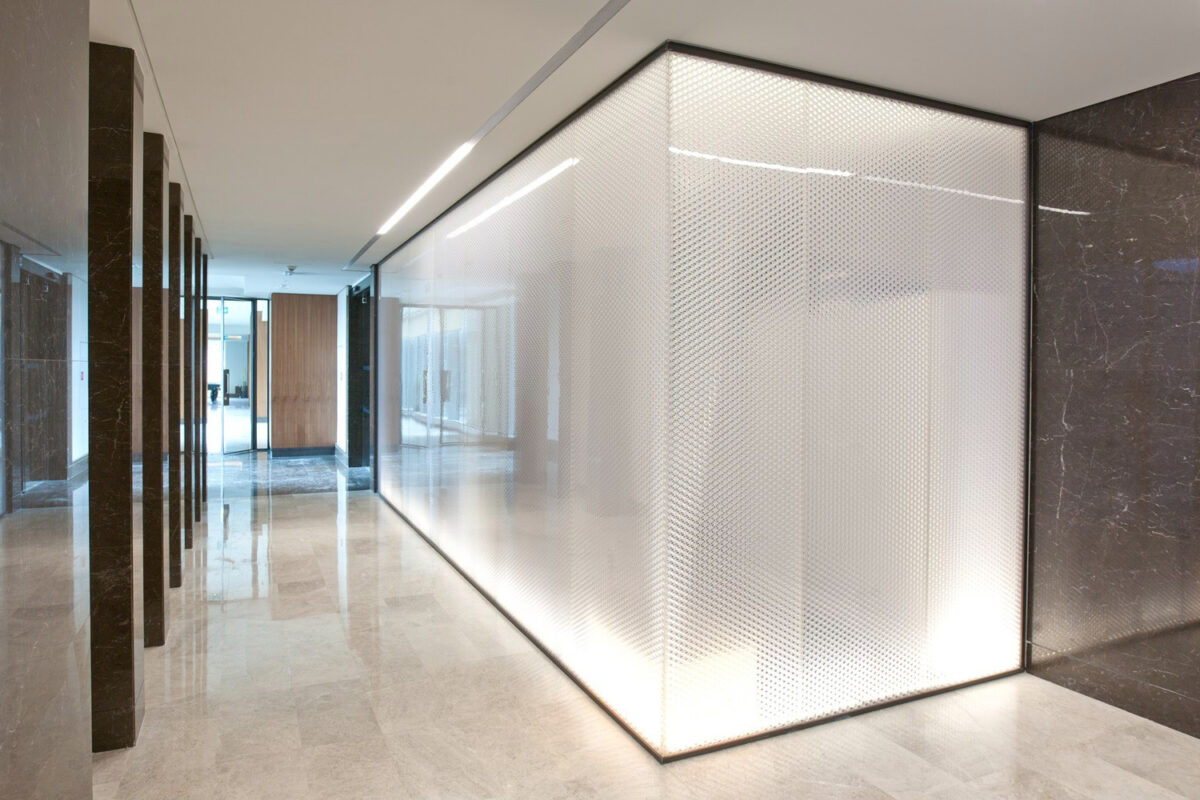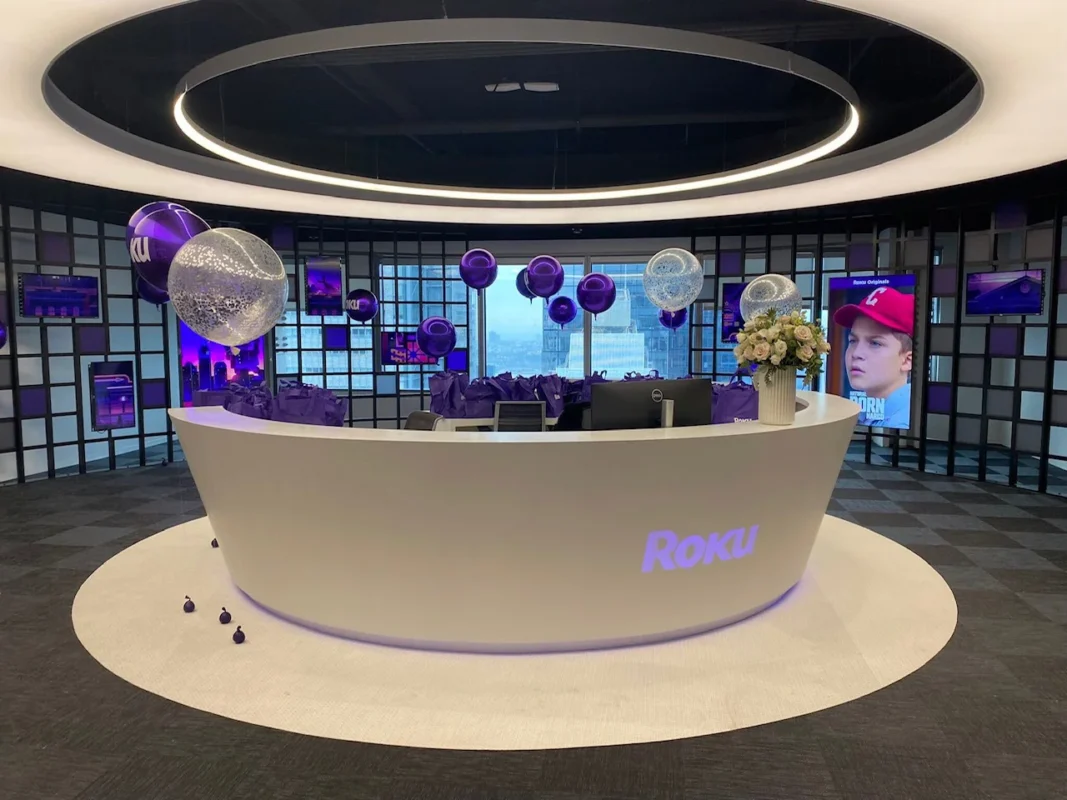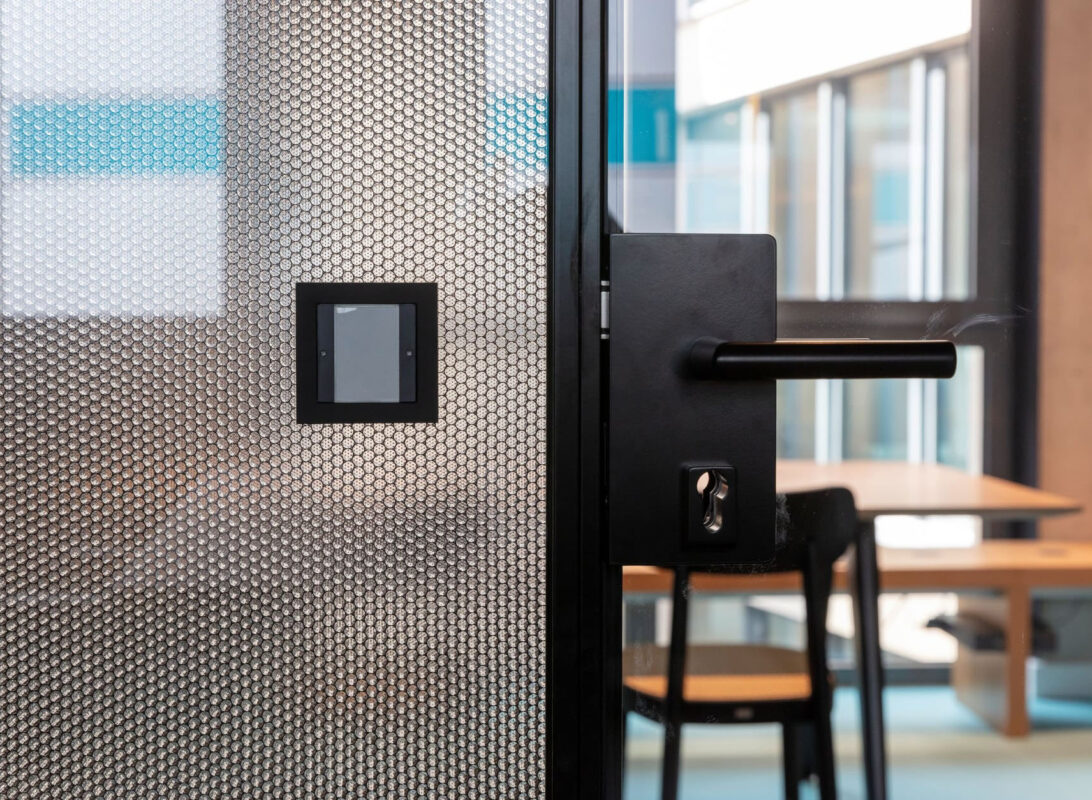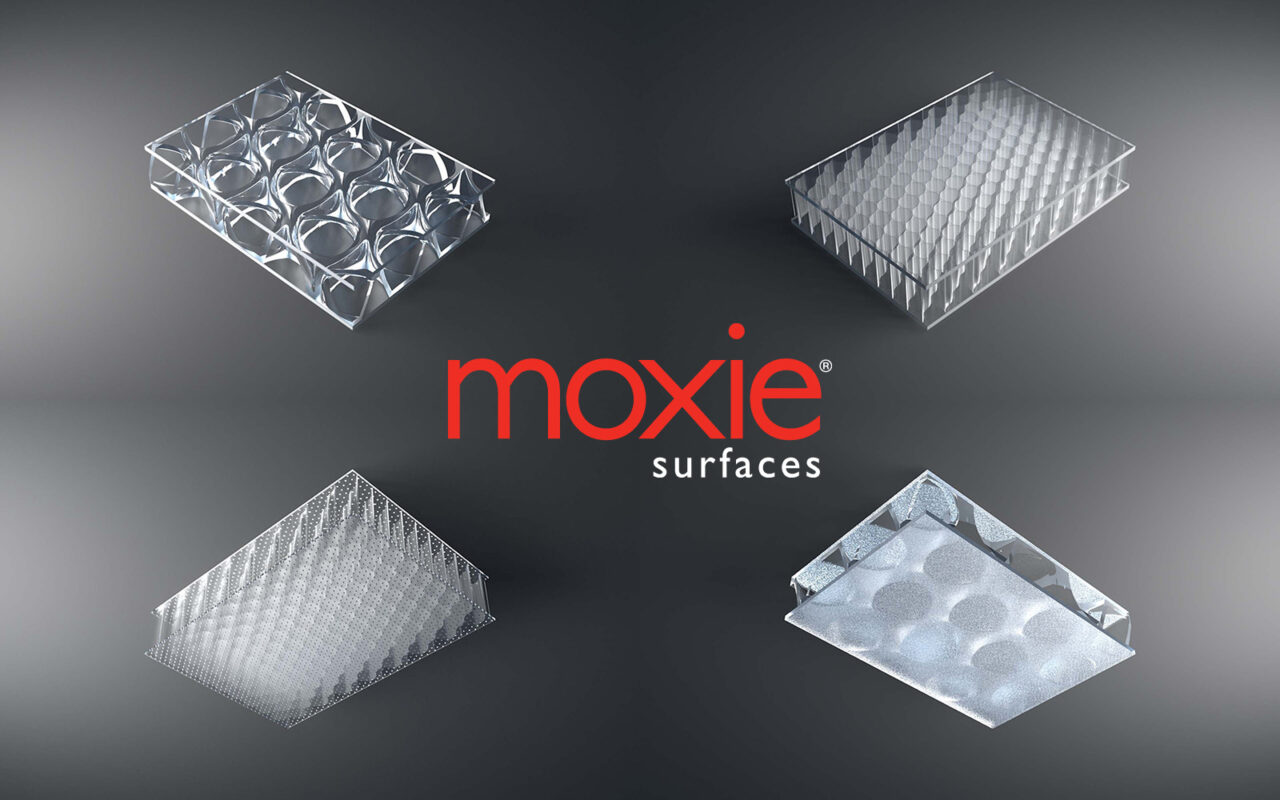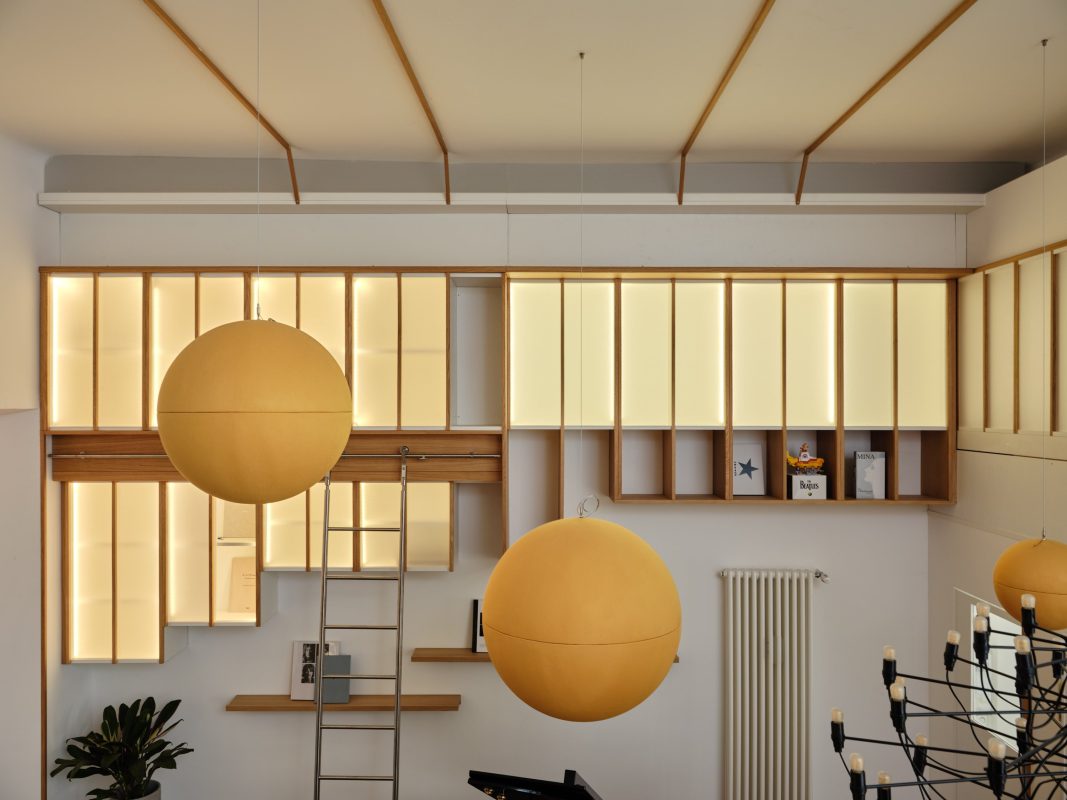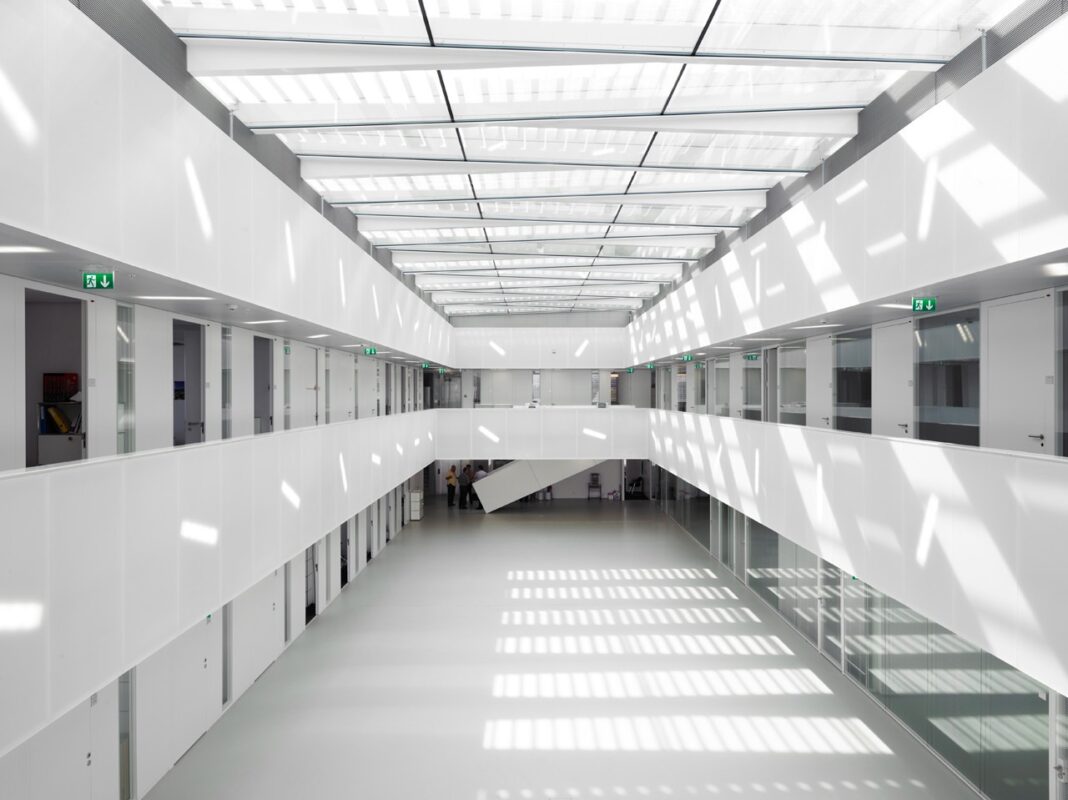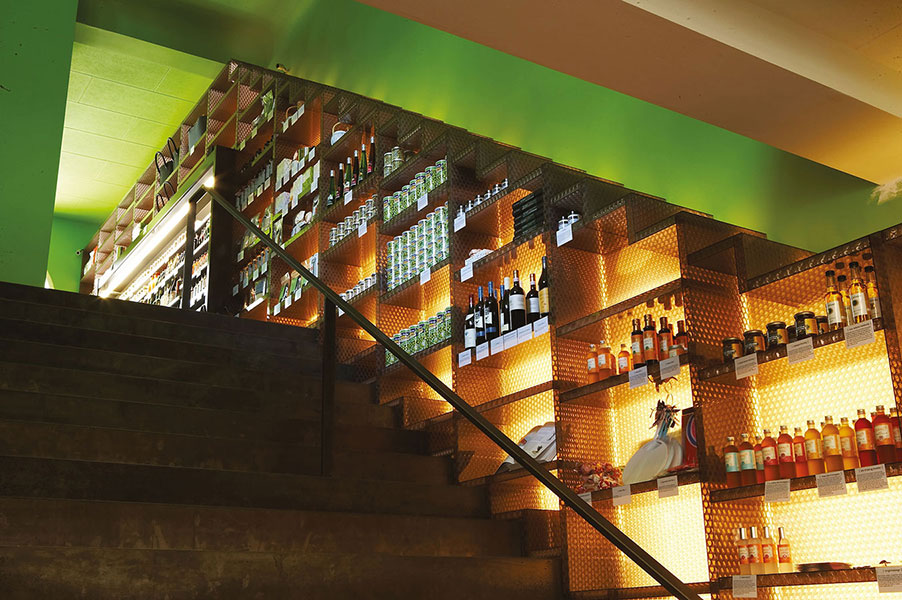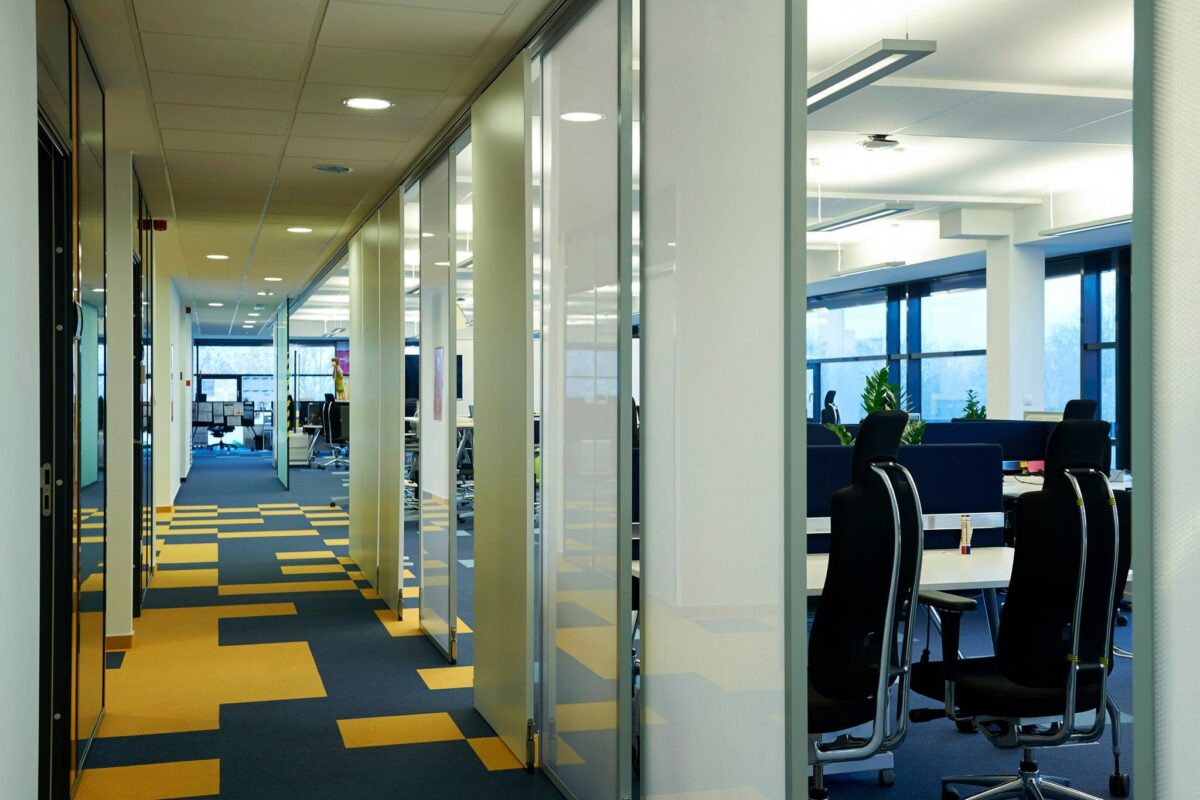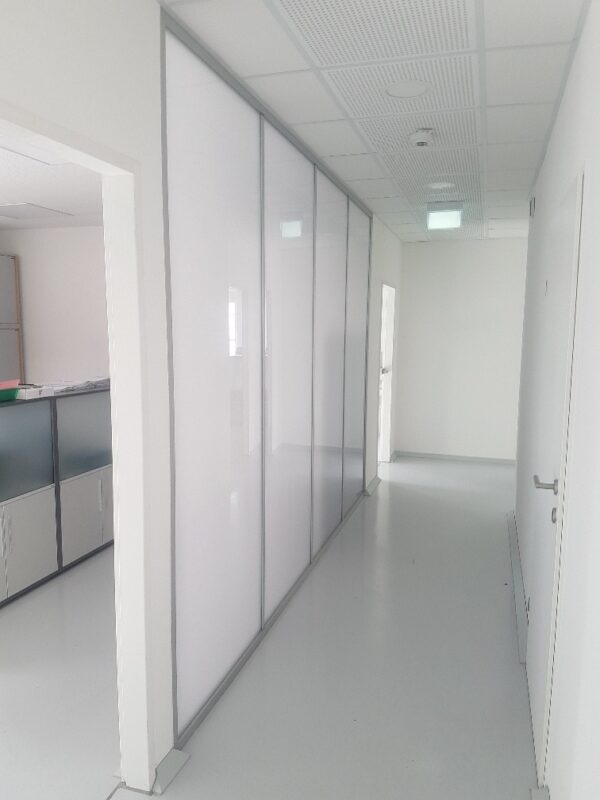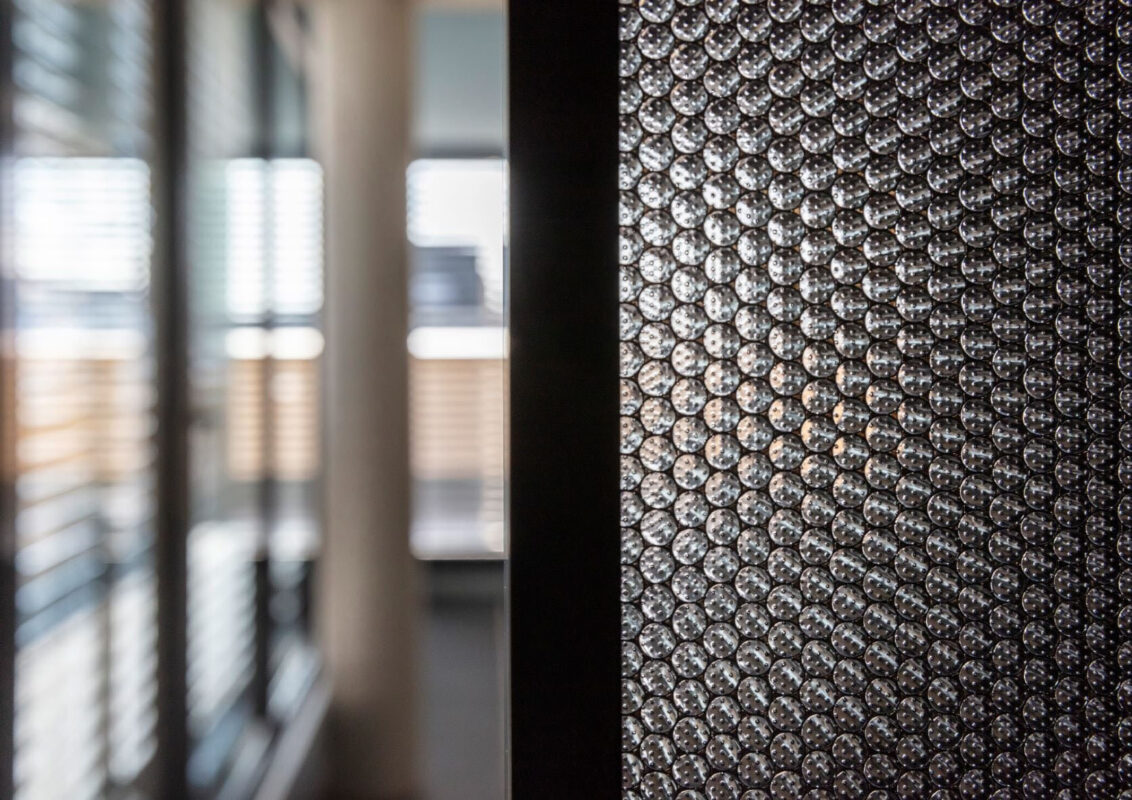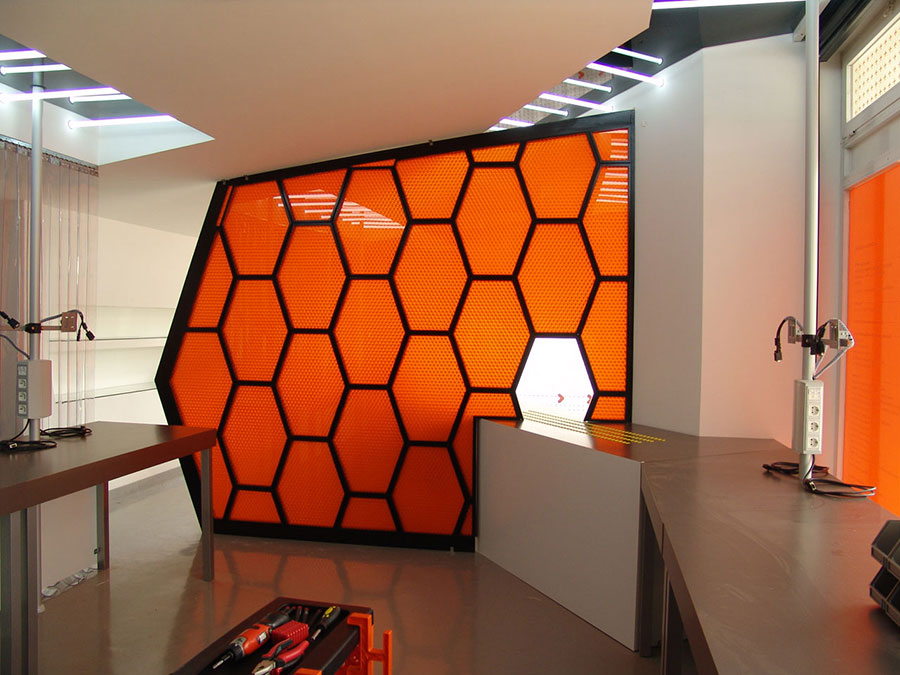Innovative backlit translucent acoustic ceilings with AIR-board® acoustic
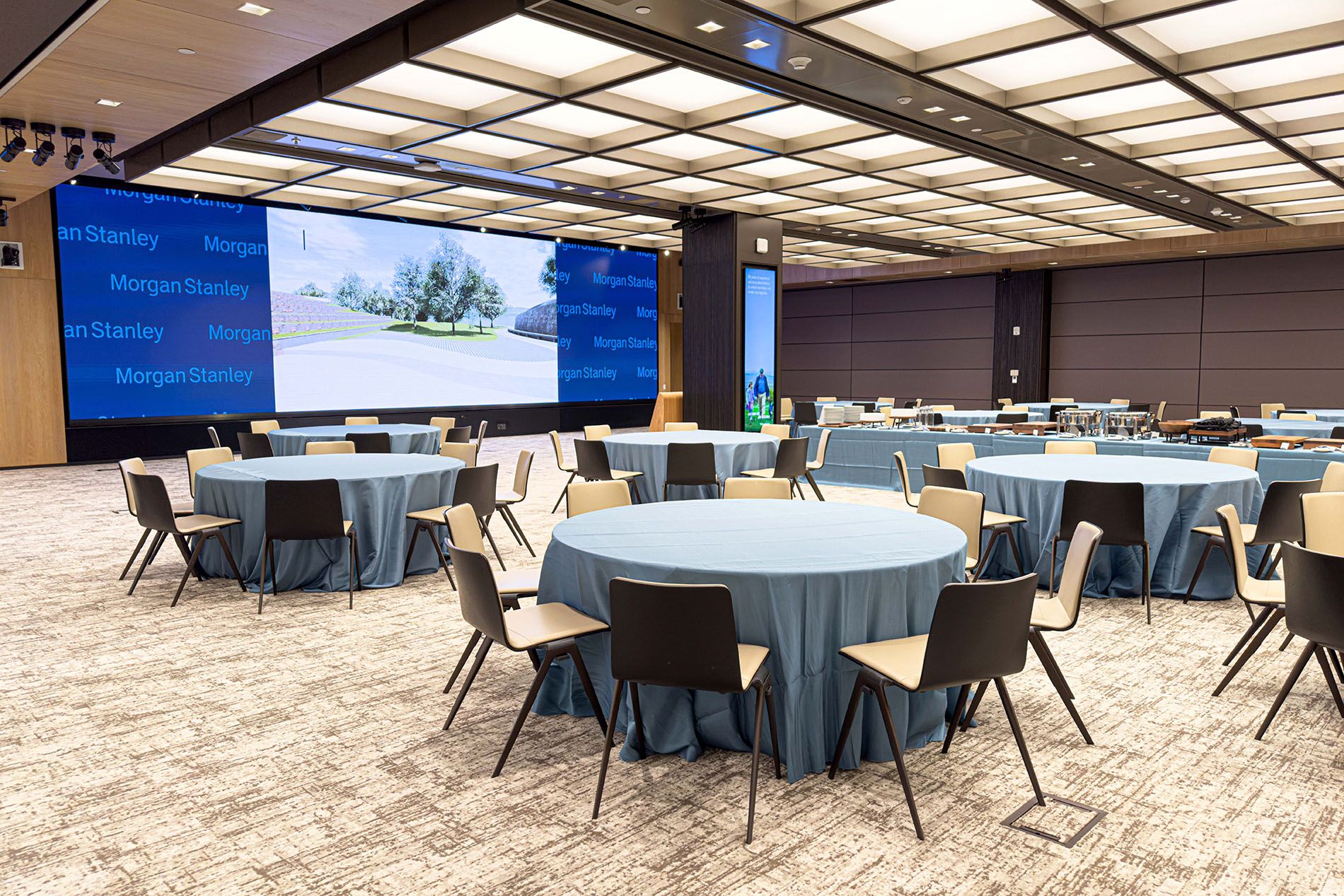
The flexibility of AIR-board® acoustic and AIR-board® acoustic quiet panels opens up new possibilities in translucent acoustic ceilings design.
These panels go beyond traditional acoustic materials like foam, offering a unique combination of sound absorption, resistance, lightweight construction, and translucency.
What makes AIR-board® acoustic panels unique?
At the heart of AIR-board® acoustic panels is their honeycomb structure. Made with polycarbonate cores and facings, they feature over 300,000 micro-perforations per square meter, providing excellent sound absorption. This micro-perforated design allows sound to be absorbed effectively, reducing echo and reverberation in any space. For designers and architects, this feature offers a dynamic solution to acoustic problems without compromising on the aesthetic aspect.
The panels come in different configurations, including AIR-board® acoustic quiet, which is designed with a solid non-perforated facing. This variation minimizes sound transfer while still offering the absorption benefits of the micro-perforated surface. It’s an ideal choice for spaces that require reduced sound leakage, such as meeting rooms or home theaters, where both privacy and acoustic control are priorities.
Lightweight and durable
One of the key advantages of AIR-board® acoustic panels is their lightweight nature. Despite their strength and durability, these panels are easy to handle, making installation quicker and less labor-intensive compared to more traditional materials like plasterboard or acoustic foam. This is particularly beneficial when creating acoustic ceilings, as the reduced weight of the panels means less strain on the supporting structure.
The use of polycarbonate in the core and facings adds to their durability, providing resistance against impacts and environmental factors such as moisture or UV exposure. Unlike foam, which can degrade over time, AIR-board® panels maintain their integrity, making them a long-term investment for acoustic solutions. For spaces that need reliable, durable acoustic treatment, these panels offer a highly practical option.
Translucency and Lighting Integration
Perhaps one of the most impressive features of AIR-board® acoustic panels is their translucency. Unlike foam or other opaque materials commonly used in acoustic treatments, AIR-board® panels allow light to pass through. This makes them a prime choice for designers who want to create stunning backlit ceilings. The panels can be paired with LED lighting systems to diffuse light beautifully, adding a soft, ambient glow to any space.
Incorporating AIR-board® acoustic panels into an acoustic ceiling not only enhances the sound quality but also creates an inviting, modern aesthetic. Backlit ceilings have become a popular design choice in spaces like hotel lobbies, restaurants, and contemporary office spaces, where a blend of form and function is essential. The translucent nature of these panels offers creative freedom to combine lighting and acoustics in a way that wasn’t previously possible with more traditional solutions.
Advantages Over Foam and Traditional Acoustic Solutions
When compared to traditional acoustic solutions like foam, AIR-board® acoustic panels stand out in several ways. Foam, while effective for sound absorption, has limited design flexibility and lacks the aesthetic appeal of more modern materials. It’s also typically opaque, which limits its use in spaces where light diffusion is desired.
AIR-board® acoustic panels, on the other hand, offer a dual function: they not only absorb sound but also allow designers to play with light and transparency. This makes them perfect for spaces that require both acoustic treatment and a visually appealing environment. Additionally, foam can deteriorate over time, especially in environments with fluctuating temperatures or high humidity levels. In contrast, the polycarbonate construction of AIR-board® acoustic panels ensures they retain their shape and effectiveness even under challenging conditions.
Another significant benefit is the ease with which AIR-board® acoustic panels can be integrated into a variety of spaces. Whether used as ceiling clouds, baffles, or complete acoustic ceilings, they adapt seamlessly to the architectural needs of a space. Their lightweight nature makes them easier to install and reposition if needed, while foam typically requires more substantial infrastructure to support its weight.
The versatility of AIR-board® acoustic panels extends beyond their functional benefits. With a variety of core and facing options, including custom finishes, they can be tailored to suit specific design preferences and needs. Whether you’re going for a minimalist look or something more dynamic, these panels can be incorporated in ways that enhance the overall aesthetic of the space.
Having a strong connection with you, our customers, is vital to our business, as it will help us with shaping our future products and services. Because of this, we encourage you to use our Contact page in order to share your thoughts on the samples you received, as well as whether or not you would utilise our panels in your future projects.
